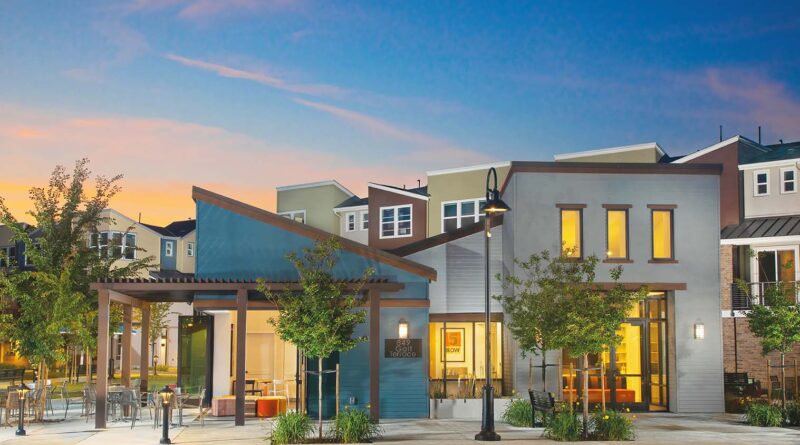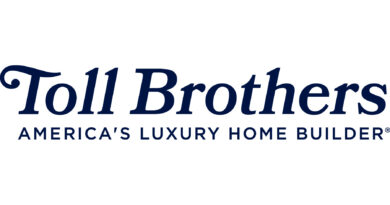Innovating Master-Planned Communities
Master-planned communities have been around since the advent of Levittown over 7 decades ago, which has influenced suburban zoning and replicated today. With construction costs increasing the last few years by up to 40% and high interest rates, you should consider how innovation will solve today’s issues while creating better neighborhoods, be they master-planned or smaller-scale.
Master-planned communities have major collector road system(s) that serve pods of development with the intent to sell each pod to the particular builder(s). These collector roads have either rear of single-family homes exposed or behind walls, neither of which is particularly attractive. One solution would be to front collector roads with alley housing, but that doesn’t work with garage-fronted homes.
With the advent of advanced technology, coving, a geometric model separates the relationship of street and front building setback patterns while exceeding existing regulatory minimums, guaranteeing approvals. This separation allows homes to flare to either reduce or eliminate double frontage lots along collector streets and allow a more organic attractive feel to the community.
Today, we see a lot of master-planned communities with collector roads abundant with irritating roundabouts that do nothing but impede flow for those simply wanting to get home. Between these roundabouts are collector streets with a consistent offset from the center line of the lanes and trails. The collector can only be made attractive with an abundance of high-maintenance landscaping and expensive walls. An alternative is traffic diffusers which widen out to allow stacking of traffic going into pods of development while creating a more exciting feel as one drives through the neighborhood without slowing down flow. The attractiveness does not rely as much on a high level of landscaping and walls.
Every linear foot of Collector Street is robbing land that could be used for lots and homes. To the consulting firm charging a percentage of construction cost, this is a big win. Everyone else loses. We often see an overabundance of these collectors being proposed. For example, on the 2,600-acre Tres Lagos in McAllen Texas, the original master plan had 13.9 miles of collector street. The redesign using coved patterns increased the function of the collector street system while reducing the roads to just 8.9 miles. This gained almost 80 acres of usable land while plummeting the future maintenance burden to the city – forever. These methods are scalable. The street length reduction is typically between 20 and 30% compared to conventional methods being employed today.
Richard Harrison is President at Rick Harrison Site Design Studio & Neighborhood Innovations, LLC.


